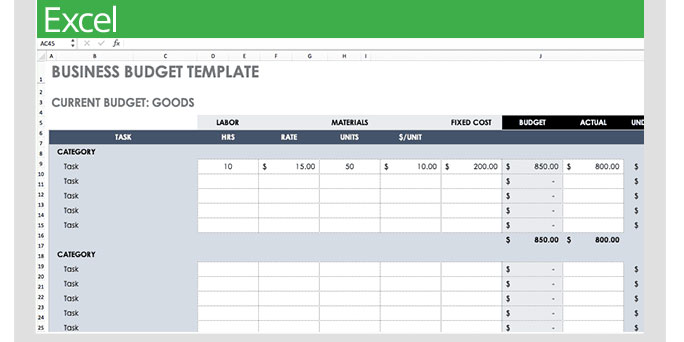A stock split occurs when a firm decides to divide the value of one share of its stock into a greater number of shares. A firm may, for instance, take one piece of stock and divide it into two separate shares by splitting it in half. The price of the one old share is still equivalent to the absolute value of the two new shares when taken together as a whole. If, for example, Company ABC were to perform a stock split of two-for-one, and the original share price was $20 for one share, the new shares would each be valued at $10, even though the initial share price was $20. Therefore, a shareholder who had previously owned 50 shares priced at $20 each would now have 100 shares with the price change to $10 a share.
Steps of Stock Split
This is possible for publicly listed corporations, even blue-chip equities worth billions of dollars. The worth of the companies increases as a result of mergers, the introduction of new products, or the buyback of existing shares. When the stock's stated market value reaches a certain threshold, it becomes unaffordable for investors to purchase it. This starts to affect the market's liquidity since there are fewer and fewer individuals who can purchase shares.
Different Kinds of Stock Splits
Traditional stock splits, such as two-for-one, three-for-one, and three-for-two, are the most prevalent kind of stock split that can be found. A stock that is split at a ratio of two for one results in each shareholder receiving two new shares after the split for every share they had previous to the split. Some people would ask why a firm would choose not to split stock, and Berkshire Hathaway class A is a wonderful illustration. Warren Buffett has never once divided the stock during his career. One share of Berkshire Hathaway Class A stock was trading for $327,431 as of the end of the market on August 28, 2020. This price is far beyond the range of possibility for the great majority of investors in the United States and, indeed, the whole world5.
Pros
- Improve liquidity
- Simplify the process of rebalancing your portfolio.
- Reduce the cost of putting options on the market.
- Increase the share price often.
Cons
- It might cause an increase in turbulence
- There are stock splits that don't always result in higher share prices.
- Improves Liquidity
When the price of a share of the stock climbs to hundreds of dollars per share, the trading volume of that stock often decreases as a result. Adding liquidity to the market by increasing the number of outstanding shares at a lower price per share reduces the gap between the bid and ask prices. As a result, investors can receive better prices when they trade due to this.

Reduces the Cost of Selling
When a stock is trading at a high price, selling a put option might result in significant financial losses. You may already be aware that purchasing a put option gives the buyer the right to sell 100 shares of stock at a certain price, referred to as a "lot." The person selling the put option must be ready to buy that stock lot. If a share of stock is currently selling for $1,000, then the put seller must have a total of $100,000 in cash available to complete their contract. If a share of stock is selling for twenty dollars, the company's total assets should be closer to two thousand dollars.
Increases the Share Price Frequently
One of the most persuasive arguments for a firm to split its shares is that this action often results in increased share prices. According to the findings of a research conducted by Nasdaq that looked at stock splits performed by large-cap businesses from 2012 to 2018, just declaring a stock split led to a rise in share price that was, on average, 2.5 percent higher. Over one year, a company that has divided its shares outperformed the market by an average of 4.8 percent.

Might Cause an Increase in Volatility
Because of the new share price, stock splits might potentially increase the amount of volatility in the market. After the price drop, there is a better chance that more investors will choose to buy the stock, resulting in a rise in the company's level of volatility.



